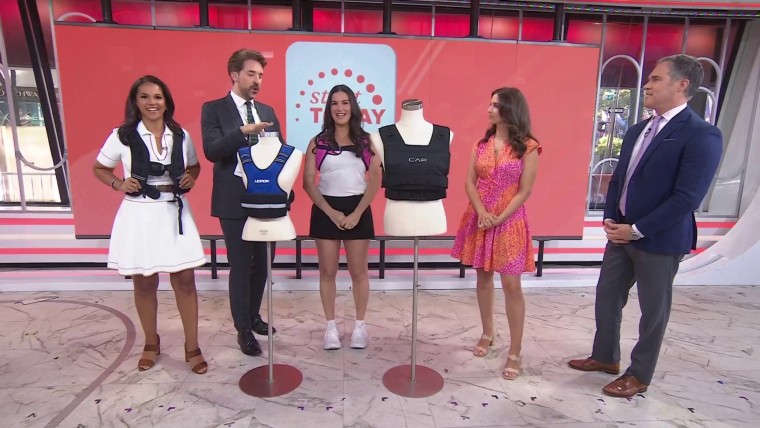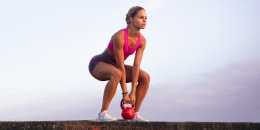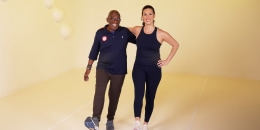They’re often lumped together as “ab exercises,” but crunches and situps aren’t the same thing — and choosing the right one can impact your results (and your spine). So, if your goal is stronger abs, better core endurance, or a more defined midsection, it’s worth knowing how these two classic moves compare.
Here are the key difference to know about crunches and situps, including the muscles each works, how to perform them safely, and which one is more effective depending on your goal.
For more core workouts from Danielle Gray — plus fitness challenges, healthy meal plans and walking podcasts — download the Start TODAY app!
What Muscles Do Crunches and Situps Work?
Both exercises target your core, but the difference in range of motion effects how much of it is recruited.
Crunches require a smaller movement and primarily engage the rectus abdominis (the “six-pack”). They involve minimal hip and low-back involvement and primarily target the upper abs.
Situps require full spinal flexion, involving the rectus abdominis, hip flexors, and sometimes obliques if you add a twist at the top. They engage more total core and hip flexor muscles.
Here is a cheat sheet:
Crunches
- Range of Motion: Partial (just upper back lifts)
- Muscles targeted: Upper abs only
- Risk of Strain: Low
Situps
Range of Motion: Full (shoulders to hips)
Muscles targeted: Full abs and hips
Risk of Strain: Higher (if form is off)

How to Properly Perform a Crunch
- Lie on your back with knees bent, feet flat on the ground and hands behind your head or crossed on your chest.
- Keep your eyes on the ceiling and lift only your head, neck, and shoulder blades off the floor while pressing your low back into the floor.
- Exhale as you crunch, then inhale as you lower back down with control.
Pro tip: Keep your elbows wide and don’t yank your head forward.
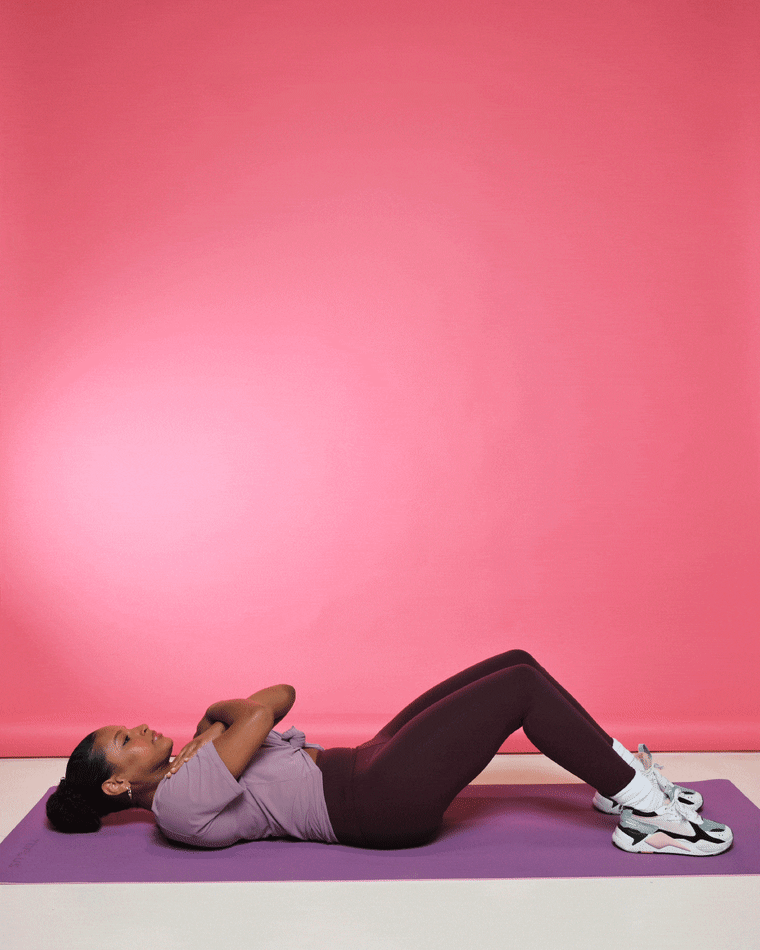
How to Properly Perform a Situp
- Lie on your back with knees bent and feet anchored (under something like a dumbbell or edge of the couch) or flat on the ground.
- Cross your arms over your chest, place fingertips behind the ears (not pulling on neck), or reach your arms out in front of you.
- Engage your core and lift your upper body all the way to a seated position. (Placing your feet under something or having someone hold your feet may be helpful).
- Lower slowly back to the floor.
Pro tip: Don’t use momentum or swing your arms to get up.
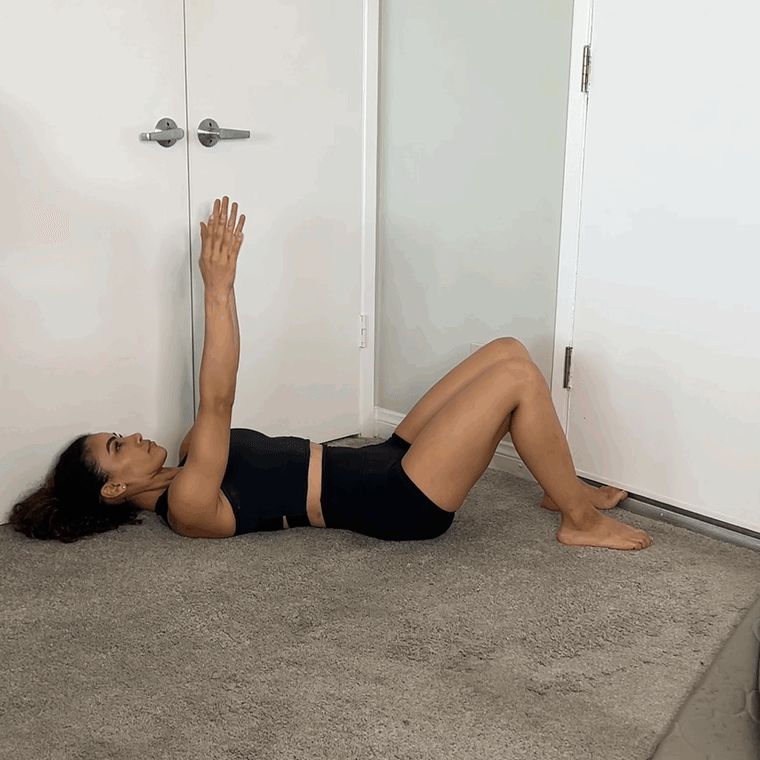
Crunches Vs. Sit-Ups: Which Is More Effective?
The answer to the question depends on your goals. For core strength and safety with low risk of injury, crunches are the better option. This is the better exercise choice for beginners or those with back issues since they isolate the abs without overloading the spine or recruiting the hip flexors too heavily.
If your goal is athletic conditioning and endurance, situps are more effective. They train a wider range of motion and involve more total-body coordination. They’re a great functional fitness exercise, but only if you have the core strength and spinal health to support them.
Is your goal more defined abs? Neither move alone will “give” you abs, since body-fat levels matter most in toning the midsection. That being said, crunches are better for high-rep ab definition work without risking low-back strain.
Crunches vs. situps: The bottom line
- Crunches: controlled, safer, focused on upper abs
- Situps: full-body, higher intensity, but higher risk for strains
Crunches and situps both have a place in core training, but they each serve a different purpose. Use crunches for safe, targeted core work and situps when you’re ready to progress or train full-body movement patterns. Mix them wisely, in moderation, and combine them with full-body strength training and cardio for best results.

